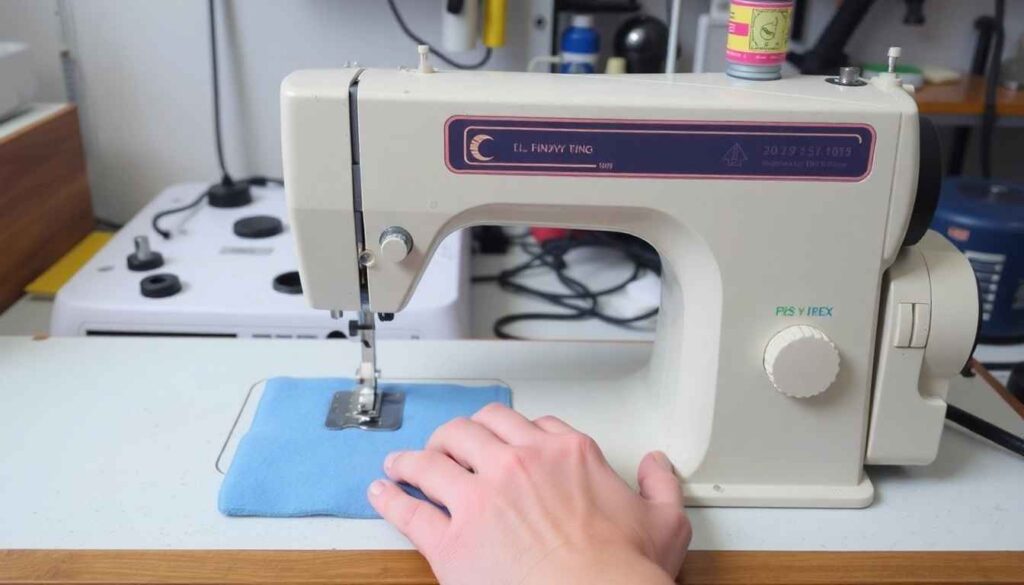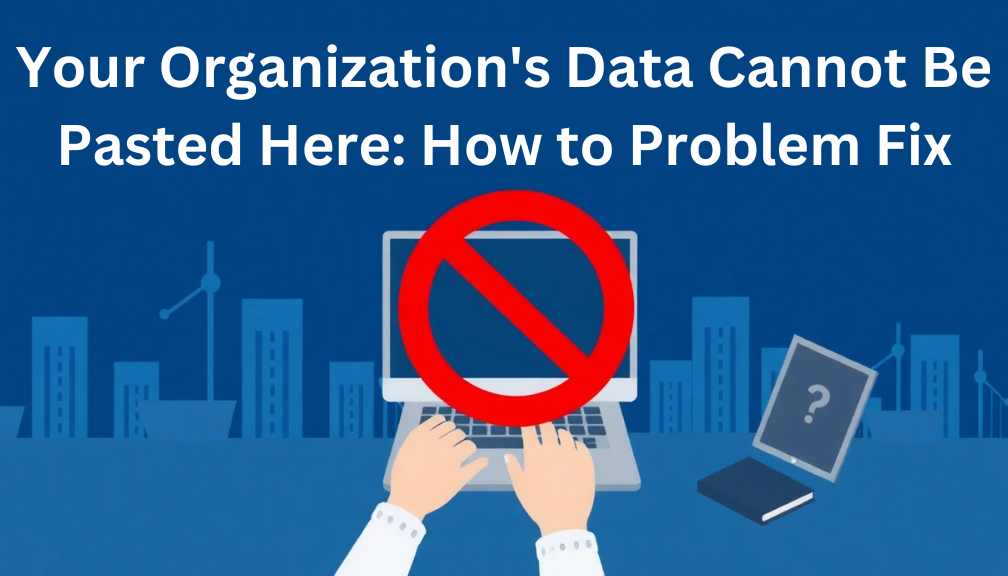Sewing Machine Repair: Reparing your sewing machine could be extremely satisfying If you’re equipped with the correct information, you are able to repair minor problems yourself, and not require an expert technician. In this article, we will go through the most basic techniques, the tools and techniques for fixing the sewing machine. No matter if you’re an aspiring sewer or have greater experience, this manual will give you a thorough overview of how to handle repair of your sewing machine.
1. Understanding Your Sewing Machine Repair
Before you can begin repairing your machine crucial to be aware of its parts and the way they function. The typical sewing machine is comprised of these parts:
- Needle Needle responsible for puncturing the fabric, and transferring threads through the fabric. The needle moves upwards and downwards and is controlled by the mechanism of the machine.
- Bobbin The bobbin is the thread at its bottom, and collaborates in conjunction with the top thread make stitches.
- Feed Dogs Feed dogs push fabric across the machine when sewing. They can be adjusted depending on the kind of fabric being used.
- Tension discs The discs regulate how much tension is applied to the thread on top and ensure that it is pulled smoothly across the fabric.
- Presser Foot The presser foot helps hold the fabric as the sewing machine sews.
- Bobbin Case The case for bobbins keeps the bobbin in place and feeds it the bobbin thread.
- Motor Motor: The motor runs the machine that sews and controls the speed of the machine.
- Foot pedal Foot Pedal regulates the speed of sewing machine. By pressing it, you can increase the speed and pressing it releases it can slow the machine.
Understanding how the components function to work together is vital for identifying and correcting any problems that develop.
2. Basic Tools for Sewing Machine Repair
Before you can begin to repair your sewing machine, you must gather all the tools you need. This is a checklist of essential equipment you’ll require:
- Screwdrivers Screwdrivers of small size can be used to remove screws as well as disassembling pieces.
- Needle Kit: The availability of different needles is crucial for various fabrics, and for replacing damaged needles.
- Lubricating Oil Sewing machines require regular oiling in order to keep the internal components running efficiently.
- Tweezers Useful to get rid of thread clogs, lint and other debris from small spaces.
- Brush Brush: A soft one can be used to clean dirt and dust from the inside of the machine.
- Small Scissors used for cutting threads, trimming threads and tying fabrics.
- Thread Different colours and thread types that you can use to test your repairs.
- Bobbin Keep spare bobbins available to replace ones that have been damaged or not properly wound.
3. Common Sewing Machine Problems and How to Fix Them (Sewing Machine Repair)
We will look at a few of the frequent issues people have on their sewing machines and what you can do to remedy these issues.
3.1 Sewing Machine Not Turning On (Sewing Machine Repair)
It is an easy problem that may have several potential causes.
- Problems with Power Supply Make sure that the power cord has been plugged in properly, and that the electrical socket functions. Examine the foot pedal and confirm that it’s correctly connected. If the device is operated by battery make sure you check the battery.
- Fuse Certain machines come with an internal fuse for protection against electric overloads. If the machine isn’t turning on, it may be necessary to change the fuse. Refer to the user’s manual to learn more.
- Motor Troubles When the motor has a problem this could stop the machine from operating. The typical solution is an expert to repair the issue.
3.2 Machine Is Sewing Too Slowly or Not at All (Sewing Machine Repair)
If your machine for sewing is sluggish or isn’t stitching at all, many possible causes could be in play:
- Foot Pedal Problems The foot pedal regulates the rate of sewing on the machine. If it’s not functioning correctly, the machine may sew slow or in a sporadic manner. Adjust the pedal on your foot or experimenting with a different machine to find out if this is the problem.
- Needle Injection Check that the needle has been inserted properly, and with its smooth side facing the proper direction. If the needle appears damaged or bent, you should replace it.
- Tension Setting The incorrect tension settings will cause the machine stitch unevenly or slow. You can adjust both the upper as well as lower tensions to create an even stitch.
- Test the Motor If none of these methods work, it may be a problem with the motor in itself. In that scenario, it is possible to seek expert assistance.
3.3 Thread Bunching or Tangling (Sewing Machine Repair)
If the thread you are using is clumping or getting caught in the cloth, it could cause frustration and be hard to resolve. This is what you can do:
- Threading the machine Threading the machine incorrectly is the most common reason for thread getting caught in a tang. Make sure to thread the machine again according to the instructions in the manual, to make sure that the lower and upper threads are correctly threaded.
- Bobbin Problems Be sure that the bobbin is properly inserted. If the bobbin has been stuck or wound incorrectly and twisted, it could cause an issue with tangling. Take the bobbin out and reinstall it. Ensure that it’s placed correctly.
- Tension Setting A wrong setting of tension may cause uneven stitching that can cause the thread becoming tangly. Set the tension discs in a way for proper flow of thread.
- Needles Type If you choose the wrong needle to match the fabric could cause bunching or stitching that skips. Select the correct needle for the type of fabric you’re using.
3.4 Machine Making Unusual Noises (Sewing Machine Repair)
If your machine begins making odd noises the cause could be caused by several reasons:
- Low Lubrication Sewing machines have regular lubrication so that the machine’s moving parts are functioning smooth. Use a little oil onto the machine’s moving parts and then run the machine with no fabric in order to spread the oil.
- Dust and Lint Lint and dust may build up inside the machine, creating disturbance and sound. Cleaning the machine with care with attention paid at the feeder dogs, the bobbin case and the needle region.
- Secure Screws If one part or screws within the machine are loose they could trigger the machine to rumble. Make sure that all bolts and screws are tightened in order to ensure that your machine is secured.
3.5 Needle Breaks Frequently (Sewing Machine Repair)
The breakage of needles is a typical issue, particularly when you’re working with dense or heavy fabric. How to deal with the issue:
- Verify Needle Type: Choose the right needle that is appropriate for the kind of fabric that you’re working. As an example, you can use knitting needles made of ballpoint or a needle with a high-performance design for denim.
- Needle Injection Check that you insert the needle correctly and with the flat end directed in the proper direction. If the needle is not inserted correctly the needle could snap when used.
- Do not overload the machine When the machine is stuffed with heavy fabric or several layers this can lead to the needle breaking. Make sure to sew with lighter fabric or decreasing the amount of layers you’re sewing simultaneously.
3.6 Stitch Length and Width Not Adjusting Properly (Sewing Machine Repair)
If you discover that your stitch’s length or width isn’t adjusting correctly, it could be because of a mechanical issue or electrical issue.
- Stitch Selector Dial Examine the dial for the stitch selector to make sure that it’s set correctly for the stitch. If the dial is stuck or not functioning properly the dial may have to be replaced or repaired.
- Tension settings In some cases, incorrect tension could affect the length as well as the width. Change the tension settings to determine if this can help.
- Internal Mechanism: If the machine isn’t changing the stitch length or width in a timely manner the internal mechanism could be defective. It may need a specialist repair.
4. Regular Maintenance to Prevent Problems (Sewing Machine Repair)
The best method to maintain your machine running in good and in top condition is by performing regular maintenance. These are some suggestions:
- Cleanse the Machine Every now and then, clean off dust, lint and fibers of fabric out of the machine. Make use of a soft brush to lightly remove the particles, and be sure to wash the bobbin as well as the feed dogs.
- oil the Machine Lubricate the moving components of your machine according to the recommendations of your manufacturer. This will help keep your machine’s internal components in good working order as well as preventing wear and wear and tear.
- Replace needles regularly: Change the needle after every couple of hours of sewing. It is recommended to replace it sooner when you begin to notice that it is becoming worn or bent.
- Test Tension Settings Check regularly the tension settings and ensure that they’re in balance. An incorrect tension could lead to issues with stitching.
- Storage properly when the machine is not being used you should cover your sewing machine with a dustcover to keep it safe from dirt and dust.
5. When to Seek Professional Help (Sewing Machine Repair)
Although many issues with sewing machines are fixable with proper tools and experience However, certain issues might require professional help. If you’ve attempted troubleshooting but your issue persists or the fix seems too complex, you should to bring the machine in to a skilled technician.
The most common signs to get help from a professional include:
- electrical problems that aren’t repairable yourself, for example, an unresponsive motor.
- Mechanical failures that are major such as broken gears, or internal mechanisms which are hard to find.
- Unconsistent stitching problems which you are unable to resolve through adjustments to thread or tension.
Conclusion (Sewing Machine Repair)
Sewing machine repairs is a straightforward and affordable way to increase the longevity of your equipment. Through understanding the typical issues that occur and learning to fix and troubleshoot the issues, you will be more confident and reduce costly repairs. Regular maintenance, including oiling and cleaning, are vital to ensure that your sewing machine in tip-top quality.
If you are unsure of a repair or you think the problem seems too complicated, don’t be afraid to contact an expert technician. Through patience and perseverance it is possible to maintain your sewing machine without issue for many decades to be!
FAQ’s (Sewing Machine Repair)
1. How can I tell whether my machine requires oiling?
Solution The machine is creating unusual noises, is slow, or your quality of the stitch is declining the machine may require oiling. Examine the instruction manual to find areas for oiling and apply a couple of drops of sewing machine oil on the spots that are designated. Clean your machine before applying oil to prevent getting rid of dust or lint.
2. What is the reason my machine keeps skipping stitches?
Answer The reason for skipping stitches often occurs due to an incorrect needle placement as well as a bent needle or an incorrect tension. Check that the needle has been properly inserted, make sure there is no damage to it, as well as check the threads’ upper and lower tension. If the fabric is large or the machine not threaded correctly, this may cause missed stitches.
3. What is the recommended frequency to change the needle on my machine?
Answer to replace the needle each 8-10 hours of sewing or earlier should you spot any sign of wear, such as bending or dullness. Make sure you use a needle that is suitable to work using.
4. My sewing machine making an audible noise?
Answer: Loud sounding noises could be caused by a lack of lubrication and/or debris within the machine or mechanical problem. Cleaning your sewing machine on a regular basis and then lubricate it when required. If the sound continues then there could be an problem with the motor or some other parts inside, and require an expert to repair the issue.
5. What is the reason my machine keeps jamming?
Answer Jams typically results from improperly wound bobbins, poorly threaded parts of machines, or knotted threads. Make sure to re-thread the machine. Also, examine the bobbin case for any problems as well as ensure that your feed dogs as well as the bobbin case are in good condition.
6. Can I fix a broken motor myself?
Answer fixing a damaged motor isn’t easy and might require assistance from a professional. If your device isn’t working or running in a slow manner, it may be a problem with the motor and you need to take it to an specialist for an in-depth inspection.
7. What should I do if my sew machine isn’t turning on in any way?
Answer Check first the plug and power cord to be sure that they’re secured. Check the foot pedal to make sure it’s functioning. If your machine isn’t turning on, you should check whether there’s a blowing fuse or an issue with the motor. In certain instances the electrical problem could necessitate professional repairs.
8. Do I need to use oil to sew with my machine?
Answer Yes, but it’s best to only use the oil for sewing machines specifically made specifically for this use. Beware of household oils as they may cause damage to your machine as well as create dust and dust.
9. What’s the best method to keep my sewing machine clean?
Answer Utilize the soft bristles or compressed air for removing dust and dirt from the bobbin as well as feed dogs and any other parts inside. Take care to take off the bobbin’s case and wash it with care. Always refer to the instruction manual of your machine for cleaning procedures specific to your machine.
10. How can I stop thread bunching beneath my garment?
Answer Thread bunching underneath the fabric can be caused due to improper threading, incorrect threading of the bobbin, or a lack of tension. Make sure that the lower and upper threads are threaded properly, that the bobbin is properly inserted and tension adjustable to match the fabric that you’re stitching.
11. Why is my machine keeps breaking needles?
Answer Needle damage could result from using the wrong needle to fit the fabric, or a bent needle or incorrect needle placement. Be sure to use an appropriate needle to fit the fabric and that you have it placed correctly. If the needle is damaged or damaged, you should replace it immediately.
12. What do I need to know when I’m required to change the bobbin’s case?
Answer If the Bobbin Case is damaged or cracked, damaged, it can result in thread tangling or stitching issues. getting caught in the thread. If washing and changing the bobbin isn’t enough to resolve the problem, you might have to replace your case for your bobbin.
13. A sewing machine can be fixed at the home?
Answer Answer: Many typical issues can be solved using home equipment and skills like oiling, cleaning, or altering the tension. But, more complicated troubles like motor problems and broken internal parts or electrical issues usually need expert repair.
14. Does anyone know how to stop my machine from having problems later on?
Answer A regular maintenance schedule is vital to maintain your sewing machine in top shape. Clean the machine and apply oil frequently, replace the needle regularly and keep it in a safe place whenever it is not being used. Be sure to follow the instructions provided by the manufacturer on regular maintenance to stop problems from happening.
15. What is the reason why the fabric is not moving in this machine?
Answer It might be caused by problems with the feed dogs. If the feed dogs are lower to the floor, then the fabric will not move within the machine. Make sure they’re raised. Make sure your presser foot is in place and the fabric is correctly aligned.
16. What can I do to fix my machine’s timer issue?
Answer Questions regarding timing can be more complicated and require an synchronization of the hook and needle in order in order to create stitches. If you think there is an issue with timing you should talk to a skilled technician because fixing the timing will require breaking down the components in the equipment.


